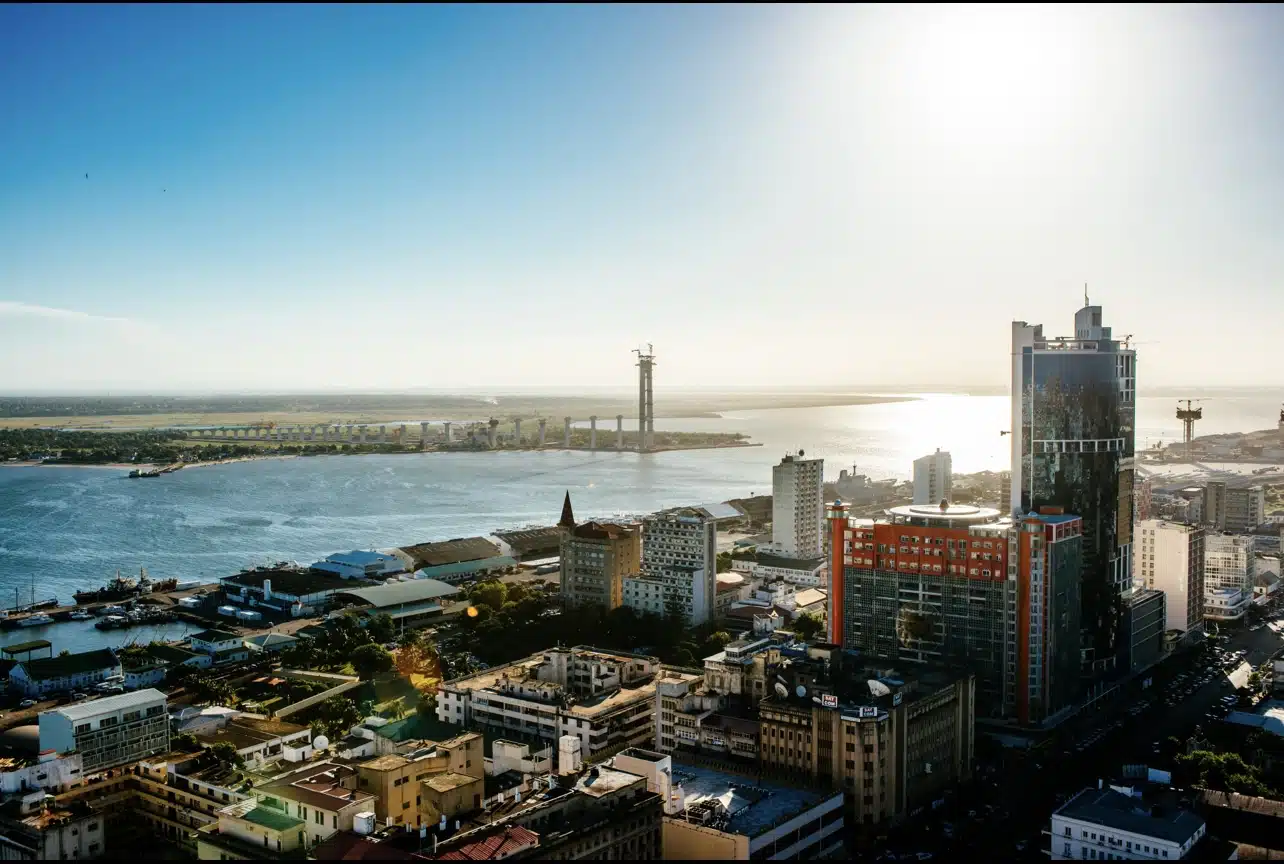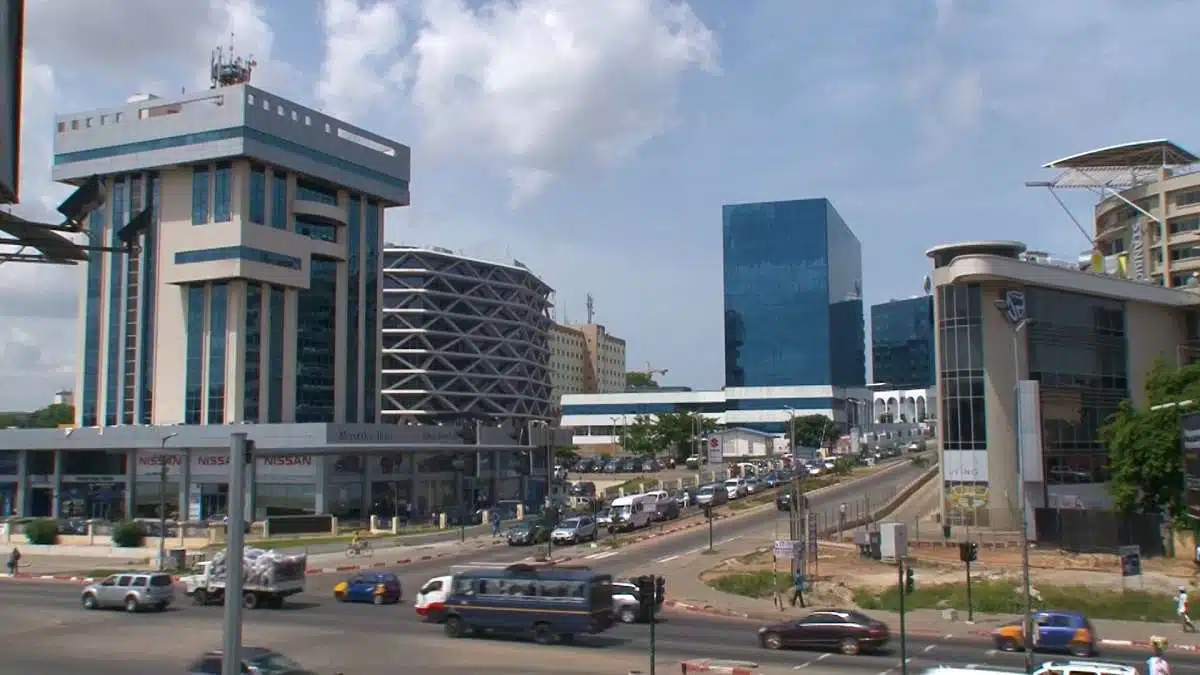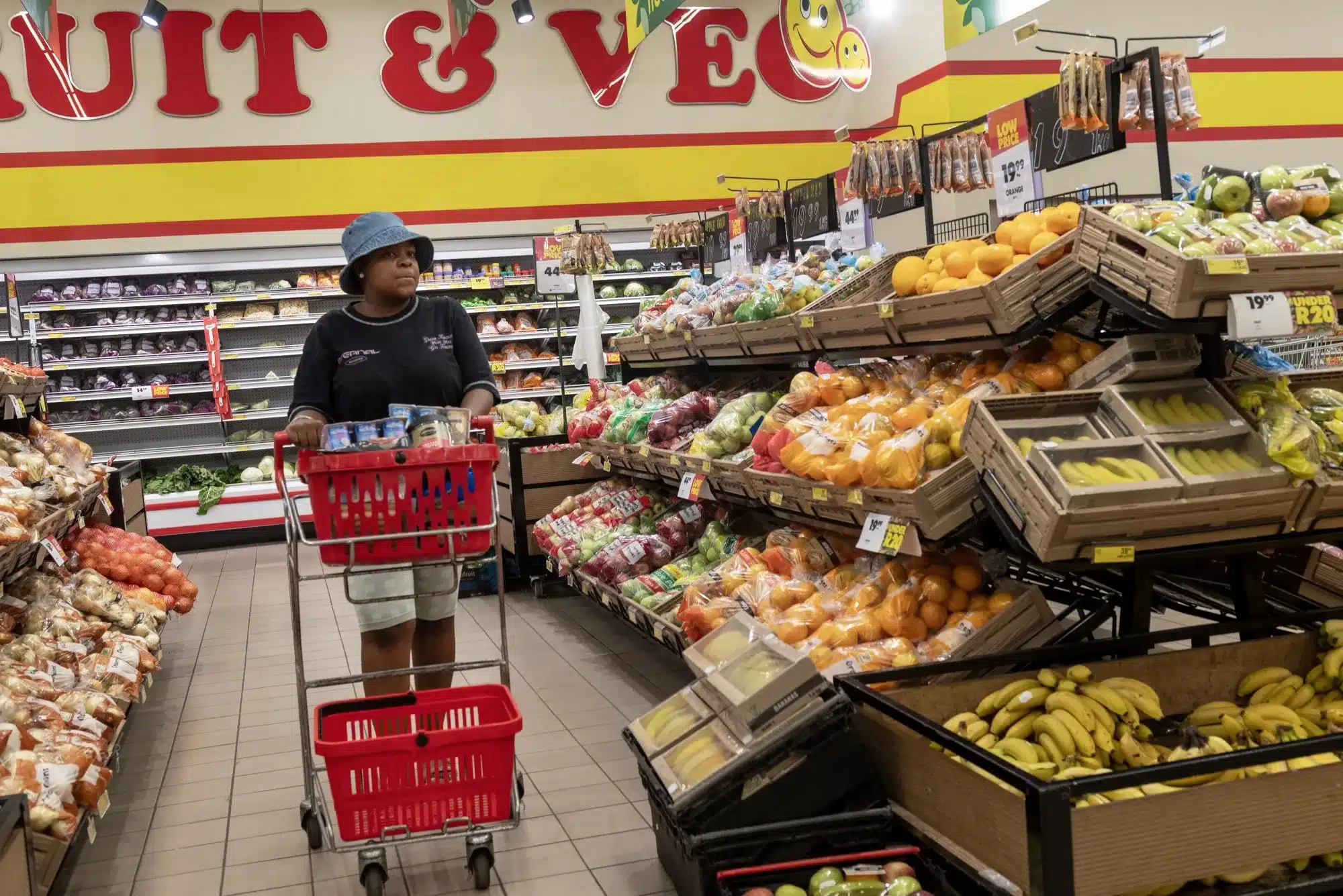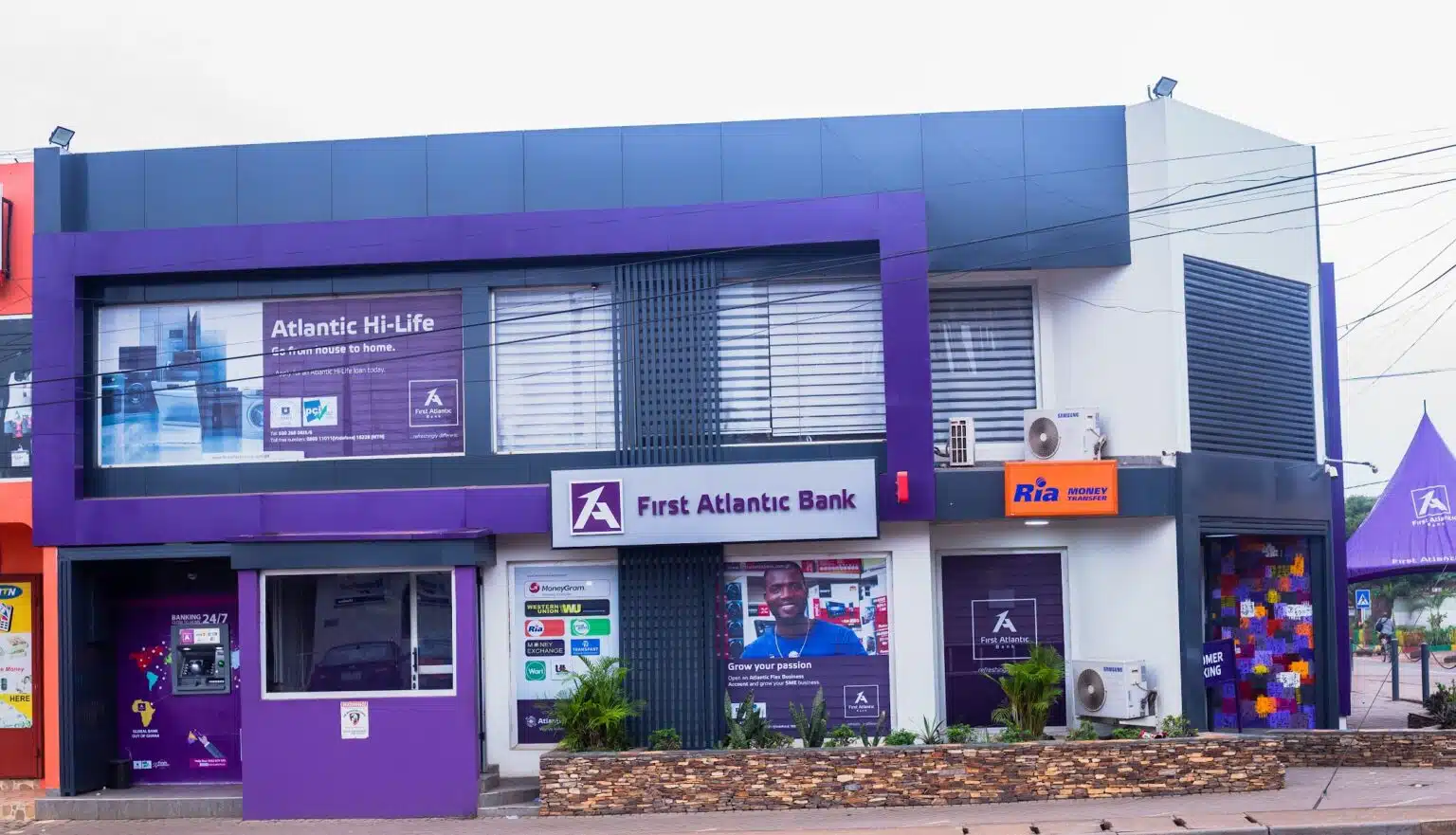Kenya’s chief executive officers are entering the second half of 2025 with cautious optimism about the economy but warn that growth may not translate into higher production or job creation.
The July 2025 Central Bank of Kenya (CBK) CEO survey highlights persistent concerns around US trade tariffs, weak consumer demand, and high operating costs. The report says that while moderate growth is expected in the third quarter, many firms remain constrained by underutilised capacity and limited financing.
“Many companies are still operating below full capacity and lack the resources to scale operations should demand suddenly pick up,” the survey said.
The survey, conducted between July 21 and August 1, polled more than 1,000 CEOs across the economy. Manufacturing accounted for the largest share of respondents at 18%, followed by tourism (17%) and financial services (14%).
The survey assessed sentiment on business performance in Q2 compared with Q1, expectations for Q3, and outlooks for the 12 months through July 2026.
US tariffs top business concerns
Executives flagged US tariffs and shifting trade policies as the most significant risks. According to the CBK, 64% of businesses report they are already feeling the impact, with fears that further measures could tighten conditions for exporters.
CEOs cited higher import costs for raw materials and finished goods, reduced export earnings ahead of the expiry of the African Growth and Opportunity Act, and rising production costs as inflationary pressures persist.
“Concerns on price developments in the future remain, following the recent increase in energy prices and the impact of higher global tariffs on raw materials,” the report added.
Rising cost of doing business
Beyond trade challenges, executives warned about mounting operational expenses, subdued consumer spending, and potential tax hikes in the 2025/26 fiscal year. Declining purchasing power is already weighing on demand, with falling profits and job losses cutting into household disposable incomes.
The tourism sector, for instance, reported reduced conference bookings linked to cuts in the US donor funding, while the banking industry is grappling with liquidity pressures stemming from higher non-performing loans and tax obligations.
Manufacturers, too, remain squeezed by high energy and input costs, which continue to erode competitiveness.
Glimmers of optimism
Despite the challenges, the survey found that business leaders see opportunities for growth in the months ahead. CEOs highlighted falling lending rates, increased automation, sector-specific opportunities, and continued innovation as reasons for cautious optimism.
Many expect that technological adoption and efficiency improvements could cushion the effects of external shocks and rising costs, even as global and domestic risks persist.










